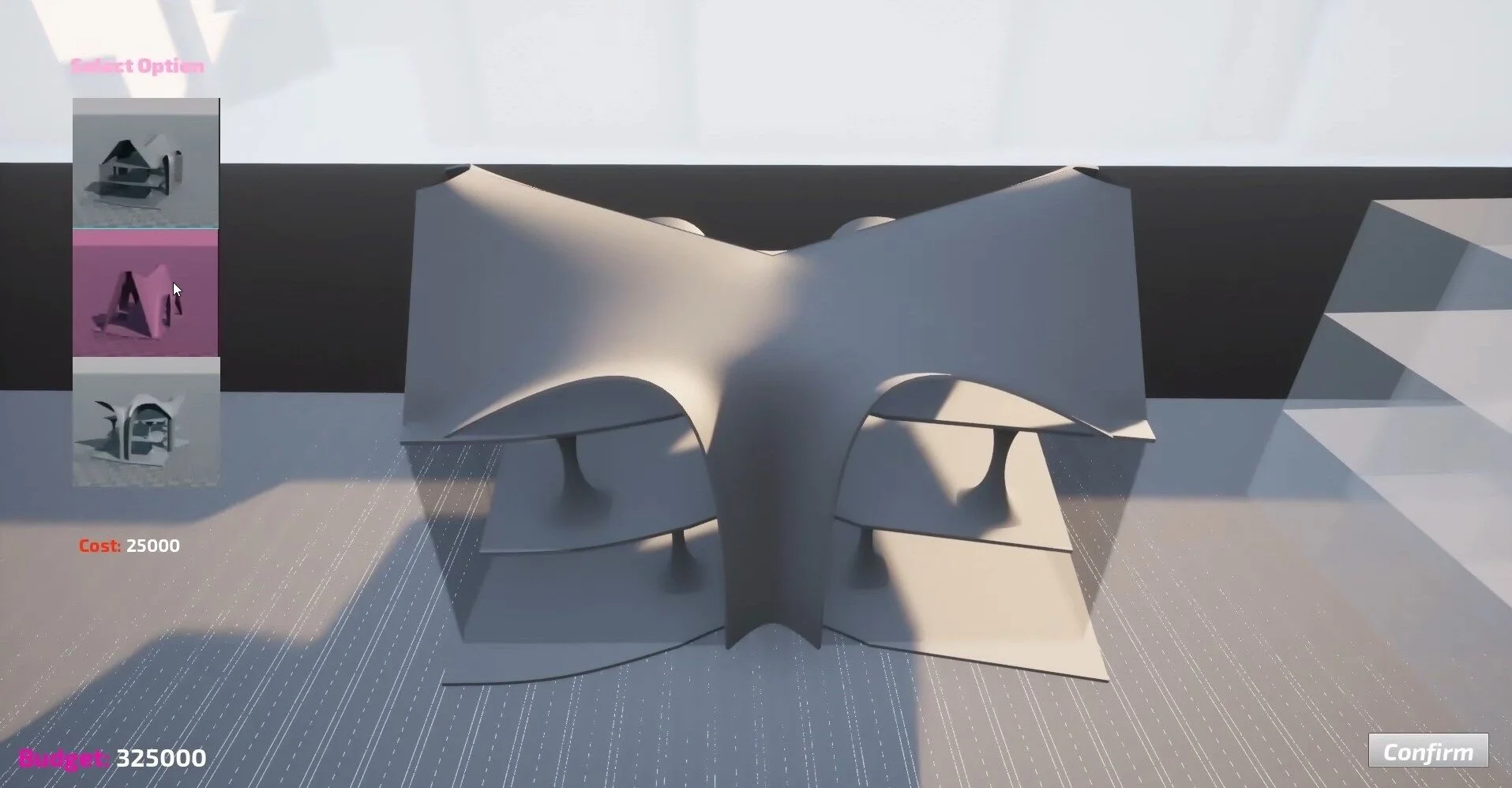Interwoven
Studio Shajay Bhooshan / Alicia Nahmad Vasquez
Team Ceren Tekin, Suthinee Charoensawasd, Hamze Machmouchi
Neighbourhoods, towns, and cities are the culmination of the development, renewal, and adaptation of a dialogue between different stakeholders with a similar aim: human progress and effective resource utilisation. Therefore, it becomes natural for us to claim the role of the architect as both an observer and an enabler in improving the built environment.
From factories to hot desks, our workplace has undergone a transformation from XLarge to Small- and Medium-sized enterprises. Since one-third of our life is spent at work, this evolution shows a shift in the way we live. Working, living, and playing can now all happen within a short walking distance. We see this as an opportunity to build an incentive for people to shape their 21st century city, block by block. An opportunity where each neighbourhood will be grown from the bottom up with the workplace as its catalyst.
Examples of successfully completed participatory models are scarce, primarily because the main stakeholders consider the execution of architectural projects to be a high-risk endeavour. Therefore, we ask, how could we enhance stakeholder participation while also de-risk investment of societal resources into the built fabric?
Our response is to offer a prototypical urban platform that exists both physically and virtually and would work like a marketplace where investors, producers, and consumers (buyers and sellers) could meet, shape their own neighbourhoods, and explore their qualities. The world’s largest place for exchange is currently located online, more specifically, in digital game space where virtual economies and communities are growing exponentially. In this digital-physical domain, every consumer can also become a producer. The user would be propelled in an open-world digital-twin of a site they select to live/work in. The site becomes a blank slate where different stakeholders could be exposed to endless possibilities in a low-risk environment while also collaborating with each other. As a result, different ways of living emerge. Different morphological variants shaped by the players offer alternate versions of existing neighbourhoods. In other words, we intend to deliver the technological layer for governance that will facilitate the allocation of resources and assist in making decisions. This increased connectivity and cooperation will be carried out physically through mass-customised textile and fabric-formed geometrical assets that will drive a project into reality.
















